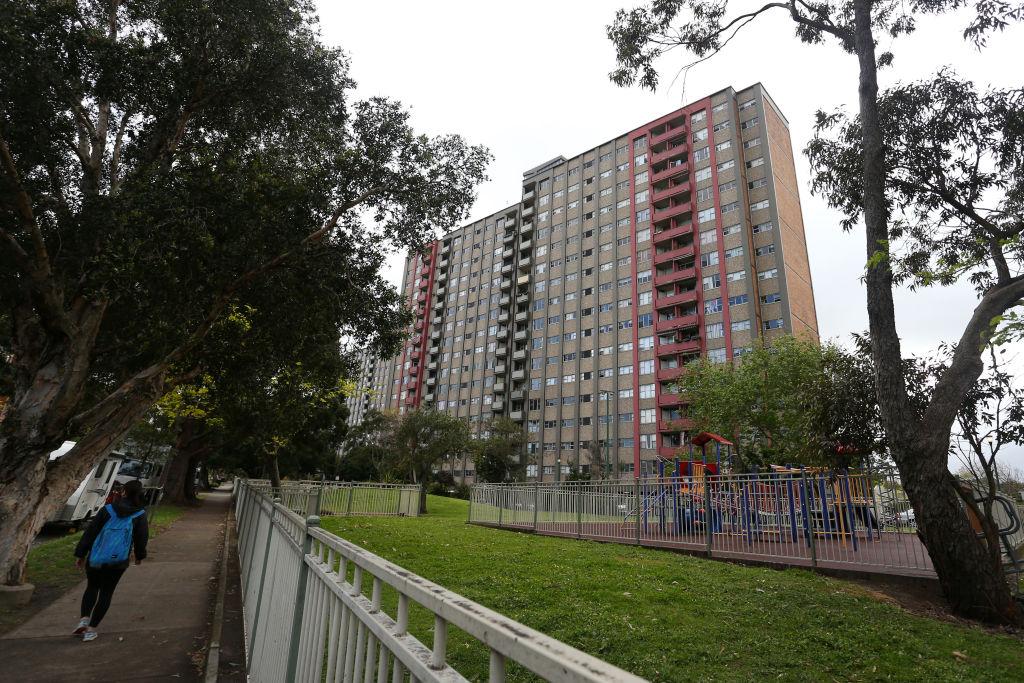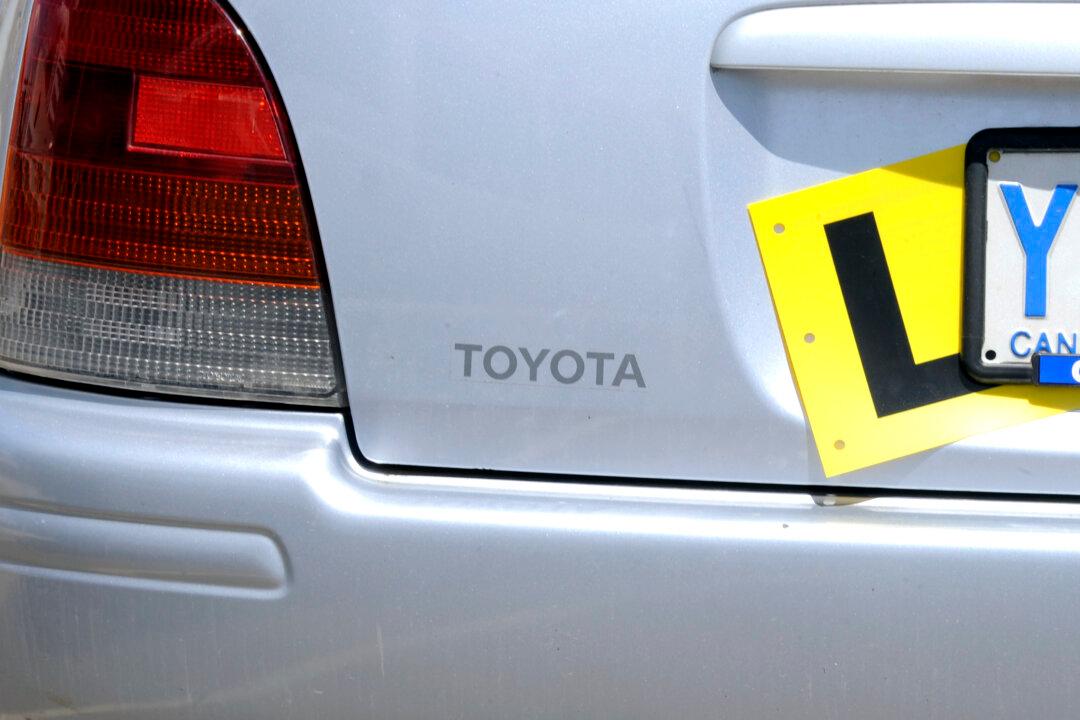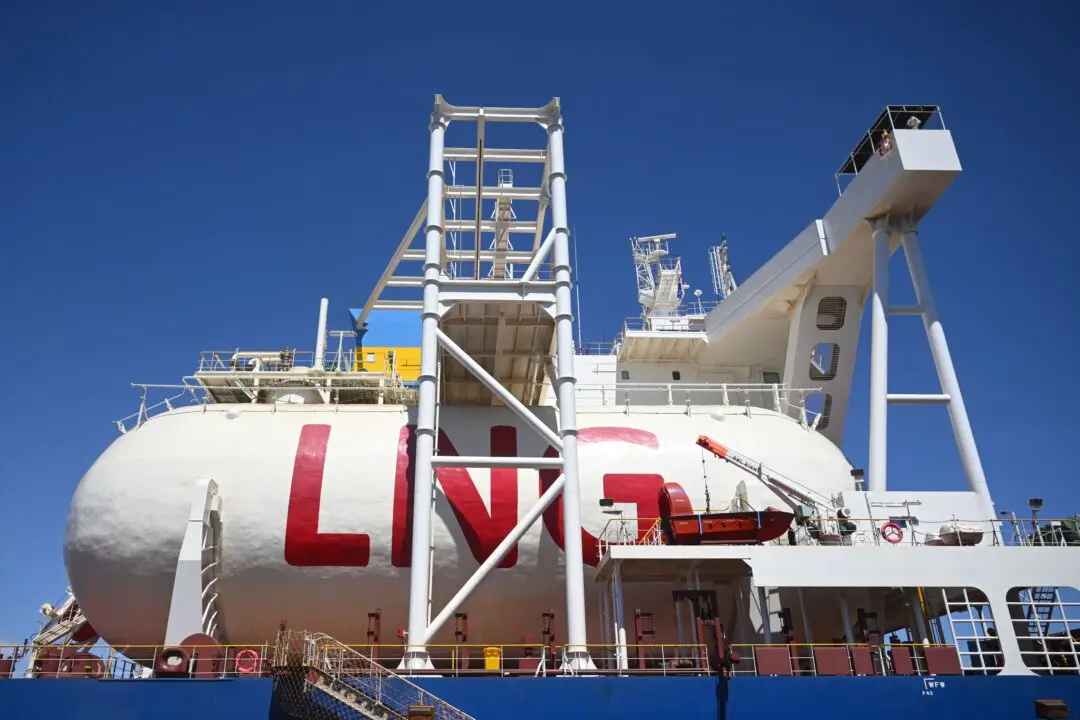The Australian state of Victoria has added a sliver of new social housing stock over the past four years, despite introducing a multi-billion-dollar program to boost social housing.
The latest annual report by the Victorian Department of Families, Fairness and Housing revealed that the state had a total social housing stock of 86,887 dwellings by June 2022, a marginal increase from 86,813 dwellings recorded four years ago.





